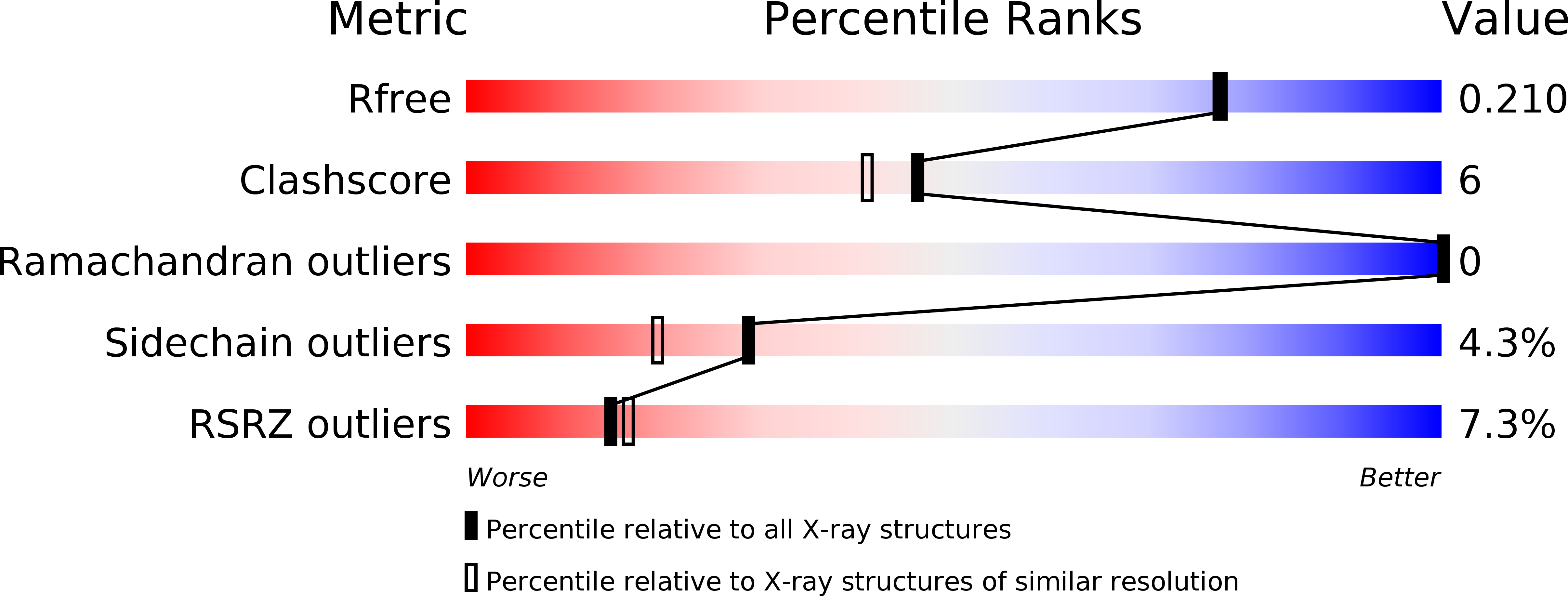
Deposition Date
2015-08-31
Release Date
2016-04-13
Last Version Date
2024-11-13
Method Details:
Experimental Method:
Resolution:
1.90 Å
R-Value Free:
0.20
R-Value Work:
0.17
R-Value Observed:
0.18
Space Group:
C 1 2 1


